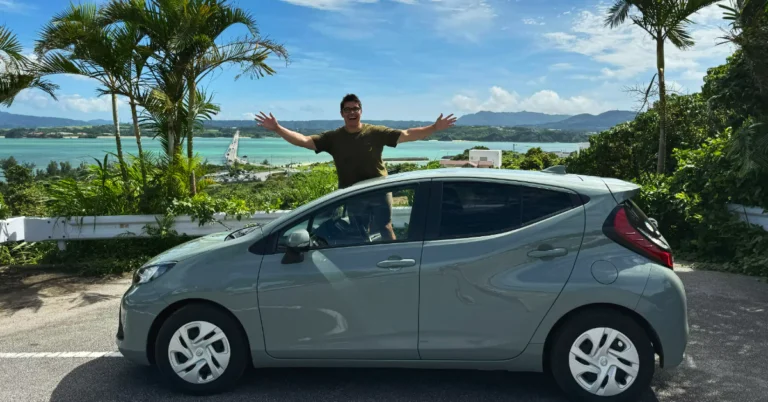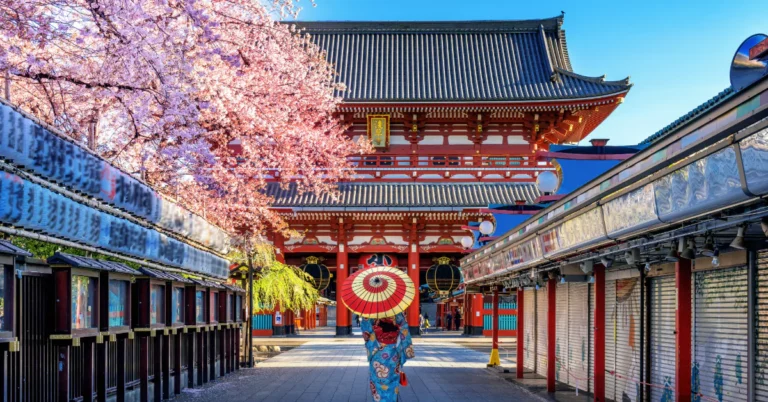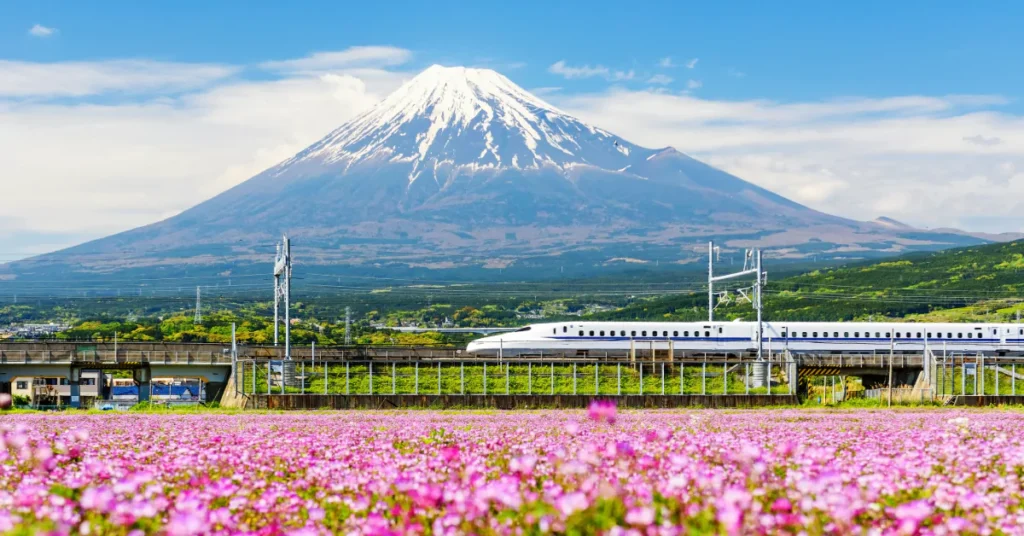
Navigating Shinkansen tickets can seem intimidating at first, but no worries! We’re here to help. In this guide, we’ll walk you through the various Shinkansen ticket options, where to buy them and if the JR Pass is a good investment for your trip.
The Shinkansen, also known as the bullet train, is one of the most iconic aspects of Japan’s transportation system and we absolutely loved traveling with these trains. They make it super easy and efficient to get from Tokyo to Kyoto and all the way down to Fukuoka.
Also fun fact: the Shinkansen come with a surprising amount of legroom!
This post contains affiliate links. If you make a purchase through them we may earn a small commission at no extra cost to you.
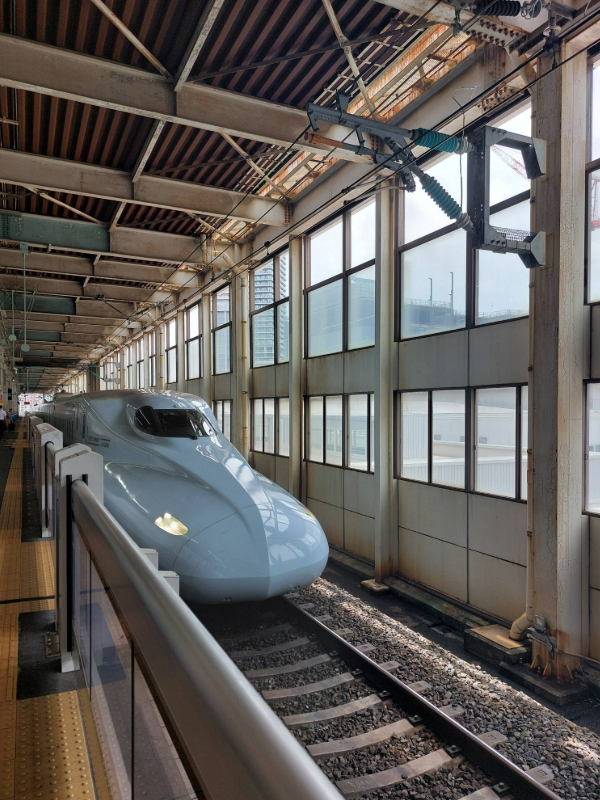
Single Shinkansen Tickets
Single shinkansen tickets are the most common type of tickets sold. They’ll get you from A to B and are valid for a one time only. You can buy single Shinkansen tickets in advance online, but if you’re not traveling in the busy season you can also buy them shortly before departure.
the process of purchasing tickets is very straight forward and similar throughout Japan. So whether you want to buy tickets in Tokyo, Kyoto or Osaka, it’s pretty much the same everywhere.
Where to buy Shinkansen Tickets
In general there are three places where you can buy your tickets for the Shinkansen:
- Ticket Machines at the train station: All train tickets, including the Shinkansen, can be purchased at self-service ticket machines that you’ll find at almost any Japanese train stations. The machines have an English-language option and they’re easy to navigate. Make sure you don’t go during rush hour so you can take your time.
- Ticket counters: You’ll find ticket counters to be available at all major stations and they’re often staffed by English-speaking employees. They can help you choose the best ticket options and routes, and even help you pick a seat in advance.
- Online: You can buy your train tickets in advance. For example through Smart-Ex, which is the official JR East ticket website, or from certified third-party sites such as Klook. You’ll get the tickets directly on your phone and you can go straight to the tickets gates.
Pro tip: in case you get a paper ticket make sure to keep it with you at all times, as you’ll need it to exit the gates upon arrival
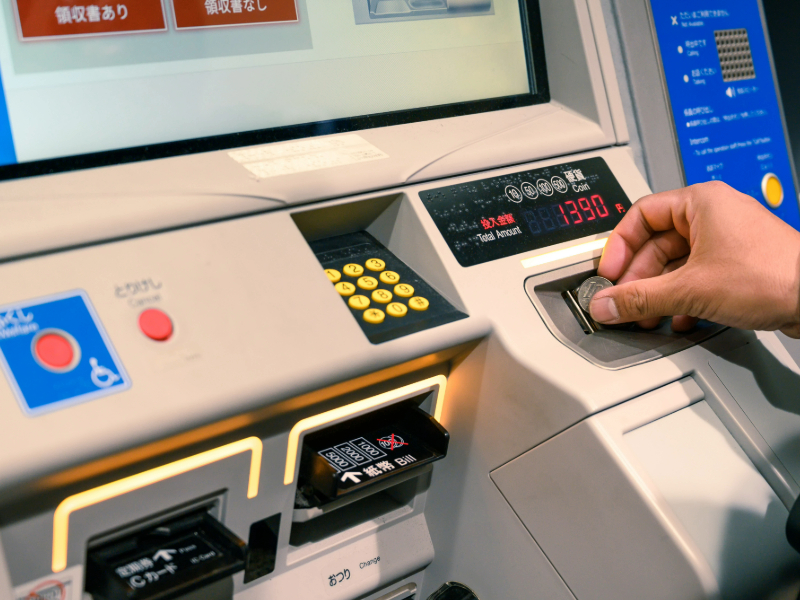
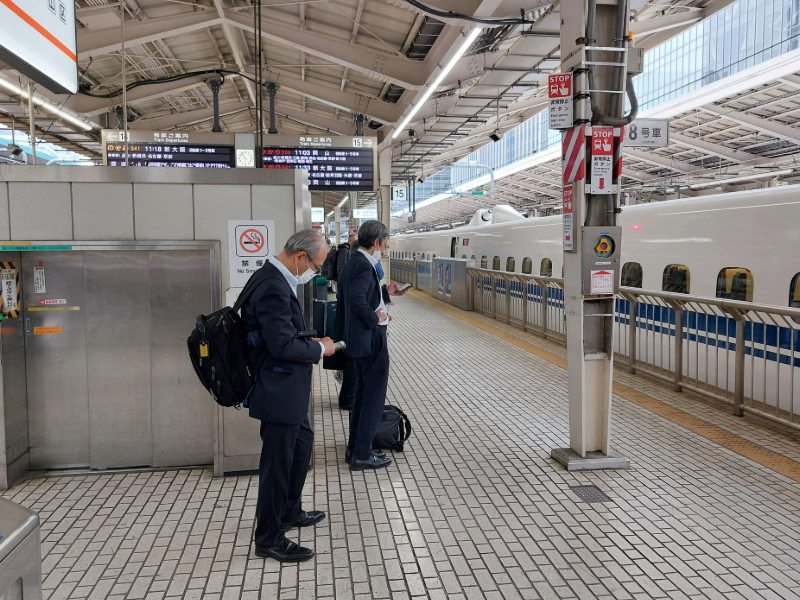
How much does a Shinkansen Ticket Cost?
While it’s a popular mode of transportation in Japan, the Shinkansen is considered to be quite pricey. However since you’ll be getting to your destination in no time in a state of the art train, we’d say it’s worth it.
You can expect to pay the following prices for a single one-way ticket in the Ordinary Class (2nd class)
- From Tokyo to Kyoto (Nozomi Shinkansen): ¥13,000 (€90 / US$ 95).
- From Tokyo to Osaka (Nozomi Shinkansen): ¥14,000 (€95 / US$ 100).
- From Tokyo to Hiroshima (Nozomi Shinkansen): ¥19,000 (€ 130 / US$ 140).
Reserved vs. Non-Reserved Seat Tickets
- Reserved Seats: For an additional cost you can book a reserved seat, which guarantees you a seat on a specific train. This is highly recommended if you’re traveling during peak hours or on long-distance routes, or if you want to have view of Mt. Fuji on your way from Tokyo to Kyoto.
- Price: Typically an additional ¥500–¥1,000 (€3.50–€7 / $4–$8) for a reserved seat
Pro Tip: if you want to get a view of Mt. Fuji on your way to Kyoto, make sure to sit at the right-hand side of the train facing forward
- Non-Reserved Seats: These seats are cheaper but come with the risk that the train compartment of non-reserved seats may be full, especially during rush hours. If you’re traveling at a non-peak time, non-reserved seats may be perfectly fine and you’ll usually find these seats in the first 3 carts of the train. It also offers more flexibility if you’re not sure which train you want to take yet.

Should you get the Japan Rail Pass (JR Pass)
The Japan Rail Pass (JR Pass) is a great option if you plan on seeing many places on your trip and don’t want to worry about purchasing tickets for every train ride with the JR service. The pass offers unlimited travel on the JR network, which includes the Shinkansen (except for the fastest Nozomi trains), buses, and even some ferries.
JR Pass Costs:
- 7-Day JR Pass: ¥ 50,000 (€305 / $315).
- 14-Day JR Pass: ¥ 80,000 (€490/ $505).
- 21-Day JR Pass: ¥ 100,000 (€611 / $635).
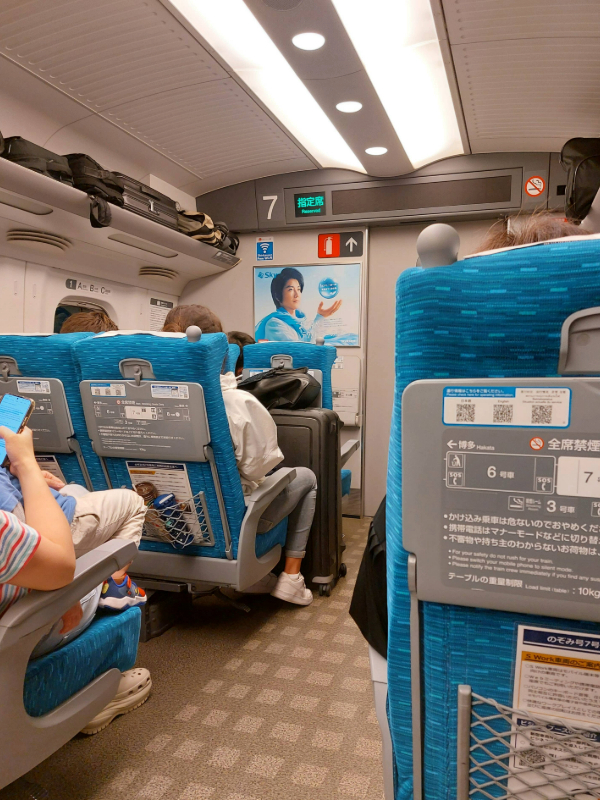
Where to buy JR Pass
There are two options to buy the JR Pass:
- Official Ticket Website: The easiest way to buy your JR Pass is to do so on the official website. All you need to do after the purchase is show up at one of the eligible JR-ticket offices, show your passport, and then you’ll be presented with your Pass and any seat-reservation tickets you’ve made. You can buy your pass directly on the official JR Rail Pass website.
- Third Party Vendors: Another way to purchase the JR pass is by using a third party website such as Klook. They often offer the JR passes at a slight discount compared to the official website and they’ll send you a so-called Exchange-Offer. This is a voucher that you must then present at one of the JR-ticket offices in exchange for your JR-pass. A downside to this is that you can’t chose your seats in advance online this way, but you’ll still be able to make a seat reservation at the ticket desk or at the machines. The upside of course is that it’s slightly cheaper.
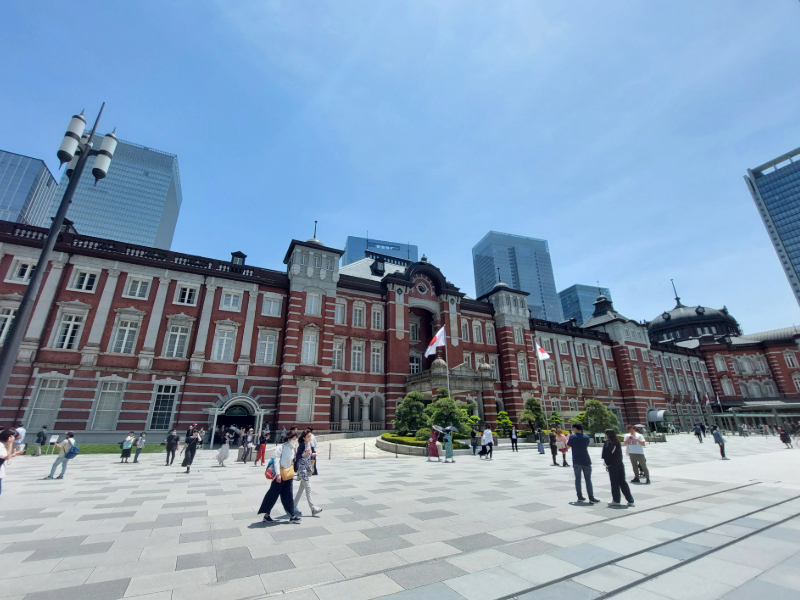
What’s included:
- Unlimited travel on most JR trains, including Shinkansen trains. This goes for all trains except for the Nozomi and Mizuho. If you want to use these you have purchase a surcharge ticket. Prices are available on the official JR website.
- Access to some local trains, buses, and ferries (such as the JR Lines within Tokyo and the Miyajima ferry to Miyajima Island near Hiroshima).
Important: JR-Pass can only be used by international tourists and must be purchased BEFORE arriving in Japan or at the airport upon arrival. In addition you must show your passport upon claiming the pass and show a valid tourist entry stamp or sticker.
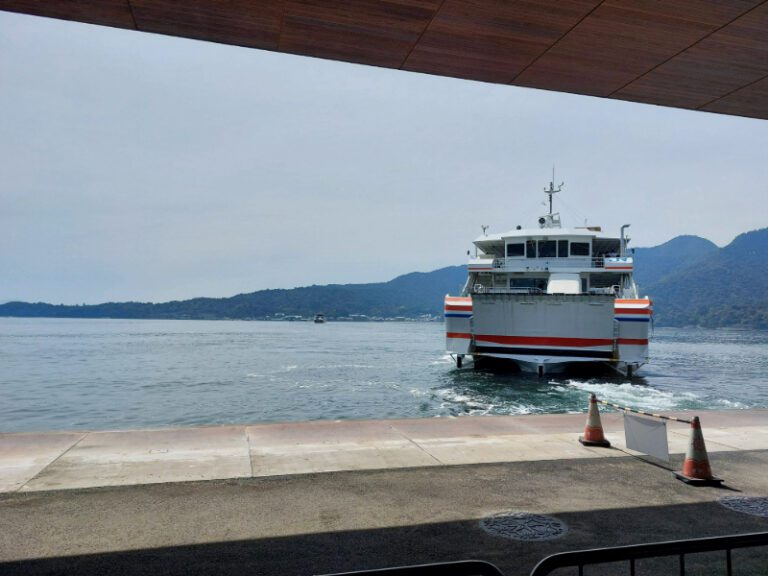
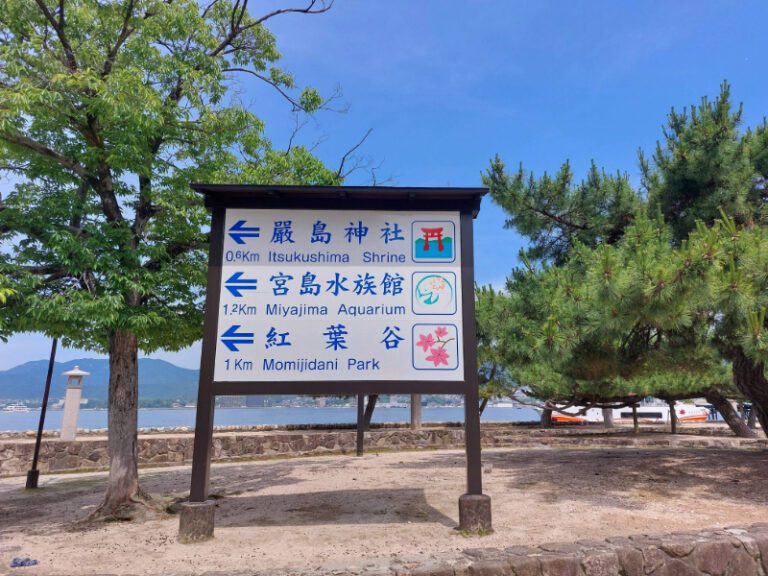
JR-Pass Pros and Cons
The JR pass can be a great solution, however it’s not the best solution for everyone. Let’s look at the pros and cons of using it.
Pros of the JR Pass:
- Cost-Effective for Multiple Journeys in a short amount of time: If you plan on traveling across Japan with several Shinkansen trips (for example, Tokyo-Kyoto-Osaka-Hiroshima), the JR Pass can save you money. A 7-day JR Pass can pay for itself with a ticket all the way from Tokyo to Fukuoka (Hakata) and back.
- Flexibility: The JR Pass is flexible and allows you to board any JR train without needing to purchase separate tickets.
- Easy: JR Pass holders can use reserved or non-reserved seats on the Shinkansen.
Cons of the JR Pass:
- Not Always Cost-Effective for Short Trips: If you’re only taking a few Shinkansen trips, a single ticket might be cheaper than purchasing a JR Pass. For example, a return ticket from Tokyo to Kyoto is around ¥26,000, which is cheaper than a 7-day pass. Plus you’ll need to squeeze in many trips in a short amount of time, which doesn’t leave much room to explore at your own pace.
- Limited to JR Lines: The JR Pass cannot be used on private railways like the Tokyo Metro or certain local lines in cities.
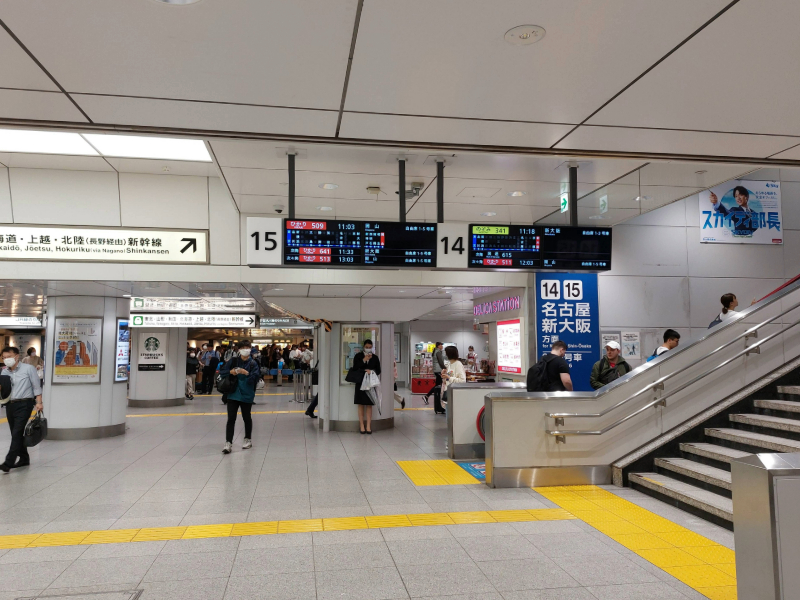
Alternative option: Local JR Pass
If you’re not traveling extensively by Shinkansen, or if you’ll only be making one or two journeys, you could also consider buying a Local JR Pass. It’s the same as the regular JR pass, except that it’s only valid in certain regions of Japan.
This is especially handy if you plan to stay within a certain region, such as Tokyo or the Tohoku region. This way you won’t overpay to travel a region you’re not visiting while still being able to travel unlimited.
Each region offers their own Local JR Pass and they offer flexible options from 3 to 10 days.

Bonus Shinkansen Train Tips:
- Seat Reservation: If you prefer peace of mind during your journey, it’s best to book a reserved seat in advance, especially for busy travel times (like holidays or weekends). This can be done online, at the ticket desk or ticket machines at the Shinkansen Train stations.
- Luggage: On the Shinkansen, there’s limited space for large luggage. If you have large bags, you can use luggage forwarding services or pay extra to reserve space for large luggage on certain trains. However, most regular sized suit-cases will be able to travel along with you easily. All it requires is a little lifting or limiting your leg space. Do make sure you’re not traveling during peak-hours, as navigating a train station with lots of luggage is not ideal.
- Food and Drinks: You’ll find food vendors onboard the Shinkansen, but bringing your own snacks and drinks is half the fun! Don’t forget to try eki-ben (station bento), a delicious boxed meals available at many stations.
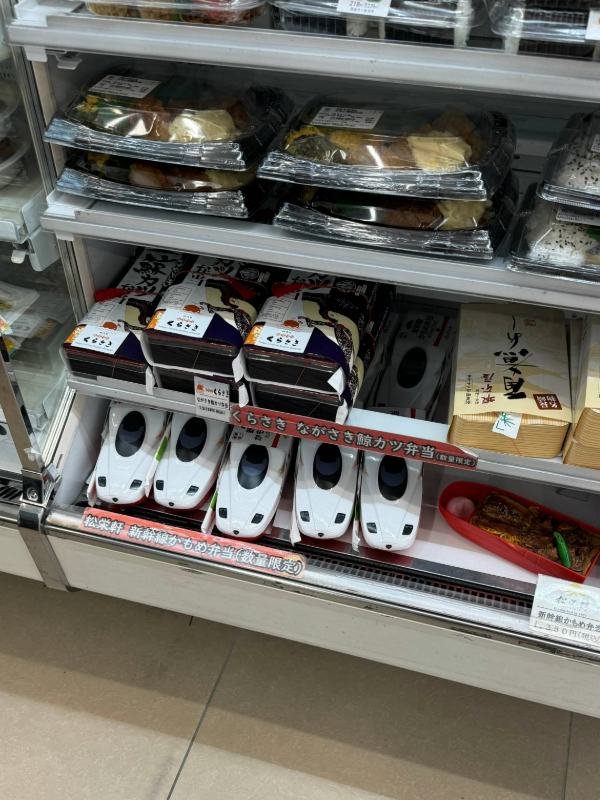
Enjoy the experience!
Traveling with the Shinkansen train is a must-do experience when visiting Japan, and finding out how and where to buy tickets is not nearly as difficult as it may seem.
As for the train travel itself, we’ve found that Japanese staff at the train stations are very friendly and helpful even with a language barrier. So when in doubt you can always ask for help! The trains are super accessible and efficient and using them will make your travel around Japan an absolute breeze, so enjoy!

P.s. if you want to have a look at our own Shinkansen adventure than check-out the video below or visit us directly on our Youtube Channel @YesandExplore.
And if you’re looking for how to get from Tokyo’s Narita Airport to Central Tokyo, then click right here for how to navigate that!

Laura is the co-founder of Yes and Explore and a travel professional with over 10 years of experience in the tourism industry. She loves sharing her insider knowledge and practical tips to help you make the most of every trip.


